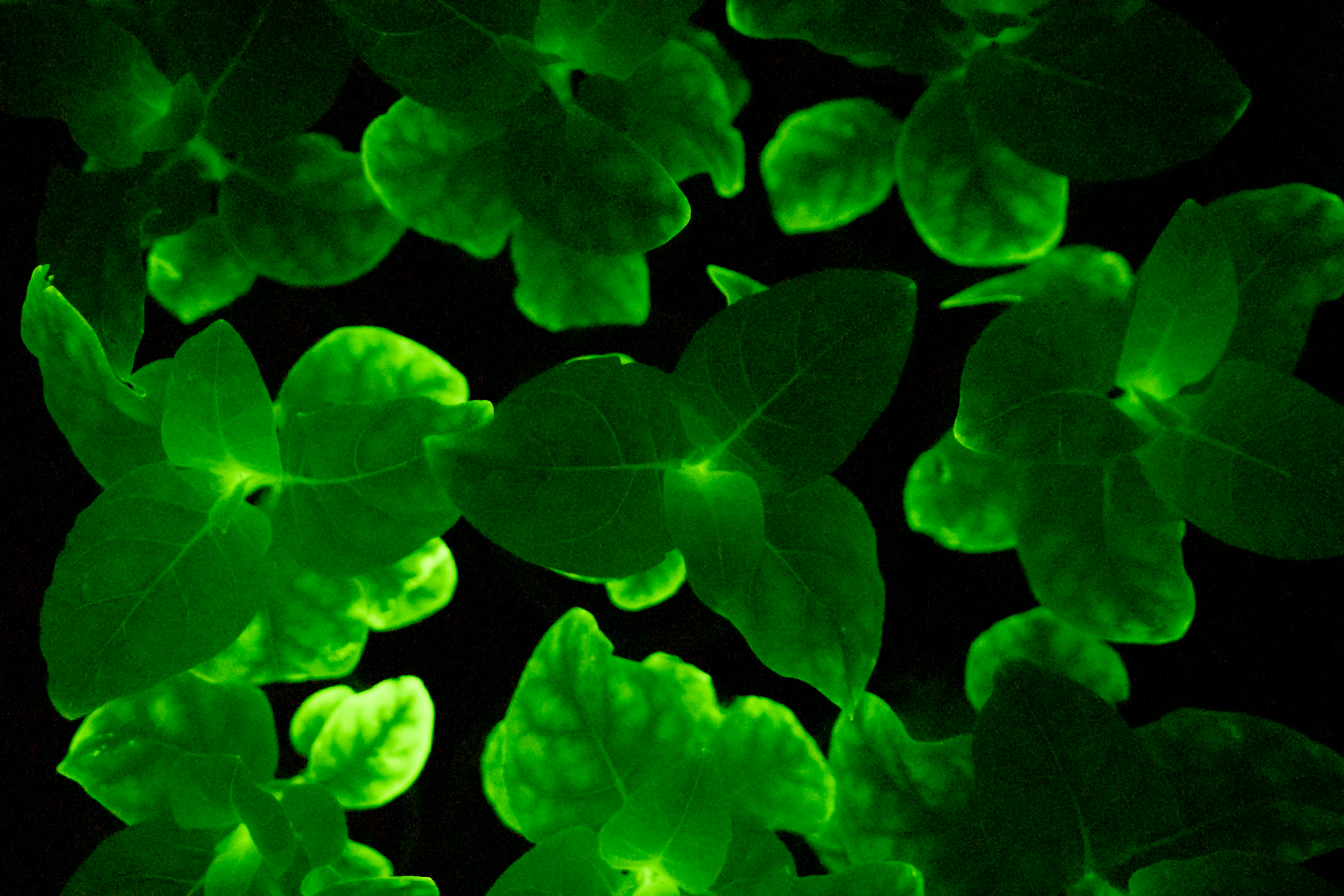

Their numbers dramatically started dropping between 20, for reasons that are still unclear (7). One example is the sea sponges that are found there, which have been studied extensively. The marine life of the lough as a whole is diverse and interesting, with 75% of all species in Ireland represented there (6).

As it gets deeper, marine life changes and becomes even more fascinating, with creatures existing at depths they never would elsewhere. Its unusual conditions (sheltered and calm, with not much light penetrating through) mean that in shallower areas, marine life is similar to that found in rock pools. Low lying hills encompass the lough, providing further habitat as well as beautiful surroundings to the area (5). It also has sand dunes, beaches, and cliffs nearby. The tides in the lake are controlled by the rapids, and its salinity is very similar to that of the ocean. Lough Hyne is special because it is comprised of saltwater and receives very little freshwater throughout the year. It is a place rooted in Irish folklore, forming the backdrop for the tale of the ancient chieftain who had the ears of a donkey ( 4). As well as the ecosystem services provided by the lough, it is also a place of great natural beauty that has been enjoyed by people for hundreds of years, inspiring poetry and paintings alike. Water can reach speeds of 3m/s through the rapids into the Lough, creating important habitat through its differing speeds (3). The unique habitat that the lough provides is dependent on the tidal channel that funnels in from the Atlantic Ocean twice a day (named the rapids).


 0 kommentar(er)
0 kommentar(er)
